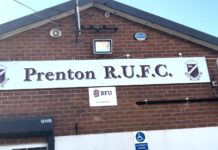A new full-sized 3D scan of Titanic has provided an update on the current state of the wreck. The most recent exploration of the ship gives researchers the ability to verify eye-witness reports with the mapping carried out by underwater robots.
This latest development has thrust Titanic back into the headlines. With the anniversary of the ship’s sinking, the story of Titanic and the city of Liverpool is perhaps not as well-known as they should be.
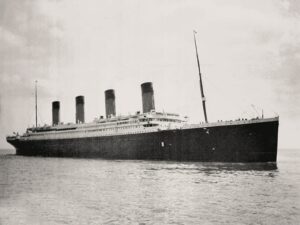
As Titanic sank, one of the last parts visible before it plunged into the icy waters of the North Atlantic would have been the word ‘LIVERPOOL’ painted on the stern.
The connections between the city and Titanic are incredibly strong. The ship’s owners, White Star Line, was founded in Liverpool in 1845, and had their headquarters on the corner of James Street and The Strand. Even the China used by White Star Line ships was kept in storage in Liverpool.
It is said that, when news of the Titanic’s sinking reached Britain, White Star Line officials were too frightened to leave the building and instead, read the names of those who had perished from the balcony.
This, though, may well be a myth, according to Dr Scott Caldwell, of the Global Centre for Maritime Innovation at Liverpool John Moores University, and an expert on Titanic.
Dr Caldwell explained that, with the White Star Line’s offices being in Liverpool, the city was chosen as the port of registration: “The Titanic, along with its sister ships, the Olympic and Britannic, were all registered in Liverpool, even though they had moved their headquarters to Southampton in 1907.
“This was a tribute to the city, despite Titanic never actually coming to Liverpool.”
That connection is perhaps even stronger due to a number of the ship’s crew having links to Liverpool.
“There were lots of people from Merseyside in the crew”, said Dr Caldwell. “Frederick Fleet, the lookout who spotted the iceberg, was from Liverpool.
“He was haunted by the disaster and sadly hanged himself after his wife died.”

Other notable names also have connections to the city. The ship’s captain, Edward Smith, and Second Officer Charles Lightoller, both lived in Liverpool for a time.
Smith would go down with his ship, while Lightoller would survive the sinking.
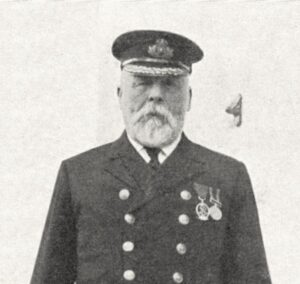
Another Liverpool-born crew member was Chief Officer Henry Wilde. Wilde’s story was tragic prior to him setting sail on the ill-fated ship.
A little over a year before Titanic set off from Southampton, Wilde’s wife had died along with their twin infant sons, Archie and Richard. The grieving Wilde was left to support their surviving four children.
Following Titanic striking the iceberg, Wilde assisted with the loading of lifeboats. He would subsequently lose his life in the disaster, adding more woe to his family’s recent, tragic history.
One of the last people to board one of Wilde’s lifeboats was The White Star Line’s chairman, J Bruce Ismay.
Ismay, was born in Crosby and owned a huge mansion in Mossley Hill, called Sandheys.
Ismay was heavily criticised after the sinking, as Dr Caldwell points out.
“He escaped in one of the lifeboats, and he wasn’t invited to do so, he just stepped aboard.
“He got onto Collapsible C, which was one of the last lifeboats to depart.”
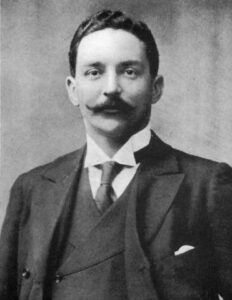
Ismay testified at the British Board of Trade inquiry into the sinking, which was chaired by another Liverpool native, Lord Mersey.
While he was savaged in the press for his actions, Ismay was defended by the inquiry board, who believed that he had avoided being simply another name added to the ledger had he not climbed aboard the lifeboat.
Links can be found between the wider story of Titanic and Merseyside, with the captain of the SS Californian, Stanley Lord buried in Rake Lane cemetery in Wallasey on the Wirral.
Lord had made the decision to not make for the lights that had been spotted in the distance.
It is widely believed that these lights were flares being fired from Titanic as it desperately sought help.
The new images allow experts to see the current state of Titanic, and the level of deterioration that has taken place after more than a century submerged at 12,000 feet under the Atlantic.
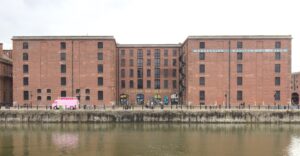
For Dr Caldwell, he says that he is “mixed on leaving the wreck where it is, as it is essentially a grave site now”.
In modern times, the Maritime Museum on the Albert Dock houses a permanent Titanic exhibit, while a ‘Memorial to Heroes of the Marine Engine Room’ on the Pier Head commemorates the engineers who died during the sinking.
Liverpool, clearly, has an indelible connection to Titanic, which will remain long after the waters of the Atlantic have removed the paintwork on its stern.
Watch the MNL video report on the Titanic’s Liverpool connections here:
Featured image: Public domain, courtesy of NOAA/Institute for Exploration/University of Rhode Island, 2004




